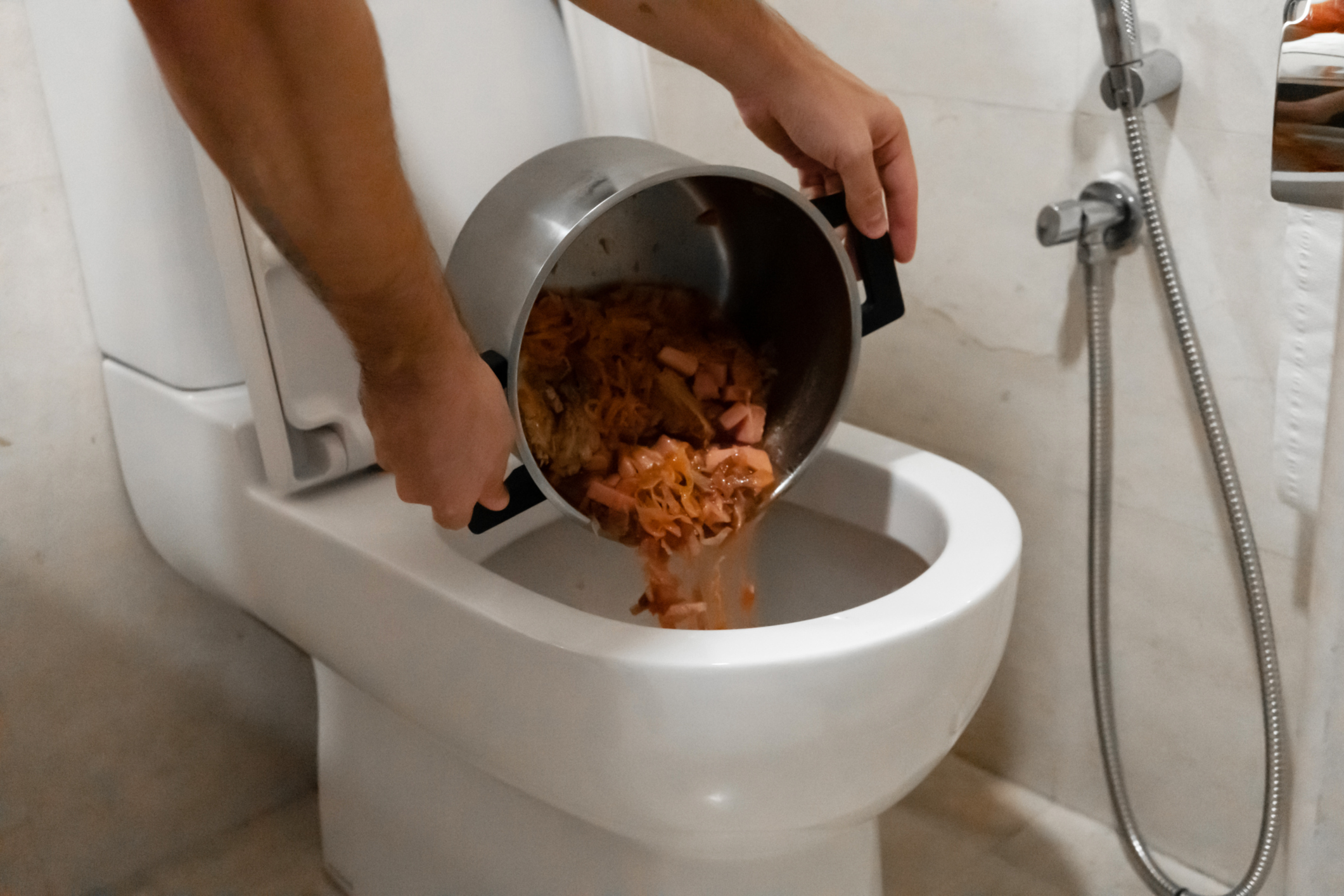Can One to Dispose of Food in the Toilet?
Can One to Dispose of Food in the Toilet?
Blog Article
Were you interested in related information on Is it safe to flush food (especially rice) down the toilet??

Introduction
Many individuals are commonly faced with the problem of what to do with food waste, particularly when it concerns leftovers or scraps. One typical concern that emerges is whether it's fine to purge food down the commode. In this post, we'll delve into the reasons that people may consider flushing food, the effects of doing so, and different methods for correct disposal.
Reasons that people could think about flushing food
Absence of awareness
Some people might not know the prospective injury brought on by flushing food down the commode. They might mistakenly think that it's a safe technique.
Convenience
Purging food down the commode might appear like a quick and easy remedy to dealing with unwanted scraps, specifically when there's no nearby garbage can available.
Idleness
Sometimes, individuals may just choose to flush food out of large idleness, without thinking about the repercussions of their activities.
Repercussions of flushing food down the commode
Ecological influence
Food waste that ends up in rivers can add to pollution and harm aquatic environments. Furthermore, the water utilized to purge food can strain water sources.
Plumbing problems
Purging food can cause clogged up pipelines and drains, creating costly pipes repairs and hassles.
Types of food that must not be flushed
Fibrous foods
Foods with coarse structures such as celery or corn husks can get entangled in pipelines and cause clogs.
Starchy foods
Starchy foods like pasta and rice can take in water and swell, leading to clogs in pipelines.
Oils and fats
Greasy foods like bacon or cooking oils must never ever be flushed down the toilet as they can solidify and cause obstructions.
Proper disposal approaches for food waste
Making use of a waste disposal unit
For homes furnished with garbage disposals, food scraps can be ground up and flushed via the plumbing system. Nonetheless, not all foods appropriate for disposal in this fashion.
Recycling
Specific food product packaging materials can be reused, minimizing waste and reducing ecological effect.
Composting
Composting is an environmentally friendly means to deal with food waste. Organic materials can be composted and utilized to enrich soil for horticulture.
The relevance of correct waste management
Lowering ecological harm
Proper waste administration methods, such as composting and recycling, assistance decrease contamination and maintain natural resources for future generations.
Shielding pipes systems
By avoiding the method of flushing food down the bathroom, property owners can prevent pricey pipes repair work and keep the integrity of their pipes systems.
Conclusion
To conclude, while it might be tempting to flush food down the commode for comfort, it is very important to recognize the prospective consequences of this activity. By adopting appropriate waste monitoring techniques and disposing of food waste responsibly, people can contribute to much healthier plumbing systems and a cleaner setting for all.
FLUSH FOOD DOWN THE TOILET?
FLUSHING FOOD CAN CAUSE BLOCKED DRAINS IN YOUR HOME
All of the plumbing fixtures in your home are connected to the same sewer pipe outside of your home. This outdoor sewer pipe is responsible for transporting all the wastewater from your home to the Council sewer mains. Even small pieces of food that go down the kitchen sink can cause problems for your sewer. It should therefore be obvious that flushing larger bits of food, such as meat, risks a clog in either the toilet itself or the sewer pipes. Flushing greasy food is even more problematic because oil coagulates when it cools, coating the interior lining of your pipes.
THE TOILET IS NOT A BIN
Food isn’t the only thing that people shouldn’t be flushing down the toilet. People use the toilet to dispose of all kinds of things such as tampons, makeup wipes, dental floss, kitty litter and even underwear. Water goes to great lengths to educate residents about the high costs and stress placed on wastewater treatment systems simply from people flushing the wrong stuff down the toilet. It costs taxpayers millions of dollars each year, and homeowners thousands in blocked drain repairs.
FLUSHING FOOD IS A WASTE OF WATER
Flushing food is a waste of our most precious resource - water. In June this year Level 1 water restrictions were introduced to protect water supply from drought conditions. Much of New South Wales continues to be affected by prolonged drought with recent figures revealing up to 97 per cent of the state remains in drought. Depending on whether you have a single or dual flush toilet, every single flush uses between five and 11 litres of water. In the current climate this is a huge amount of water to be wasting on flushing food that should be placed in the bin (or better yet, the compost).
https://www.jabplumbingsolutions.com.au/blog/can-you-flush-food-down-the-toilet

Hopefully you enjoyed reading our part about What Can Happen If You Flush Food Down the Toilet?. Thanks for taking a few minutes to browse our piece. Remember to set aside a second to distribute this blog entry if you liked it. I thank you for reading our article about Is it safe to flush food (especially rice) down the toilet?.
Book Service Report this page